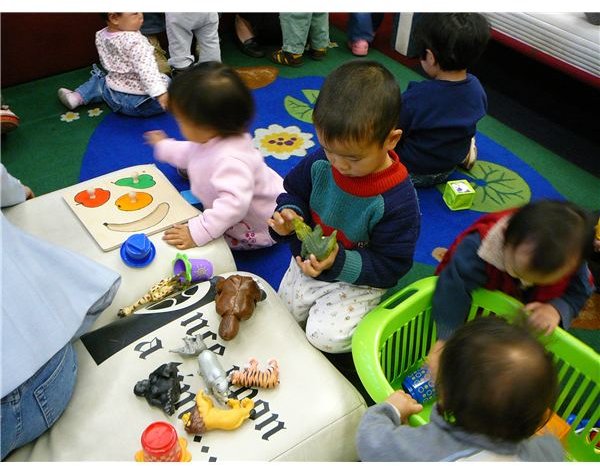Use a Lead Test For Toys to Pinpoint Hidden Lead Dangers
Toy Testing for Lead Overview
A lead test for toys can help to prevent lead poisoning. The history of lead poisoning suggests that it may lead to health defects and hamper the development of children’s brains, according to the Environmental Protection Agency. While lead has been phased out of use in paints and other household products in the last few decades, the concerns surrounding its dangers remain. Toys painted with lead worry parents who explore for how to test for lead.
Lead Exposure Prevention
While parents look for how to test toys for lead, preventative and proactive actions can also produce positive results. Parents should not allow their children to chew or suck on their toys. The child does not have to swallow a lead paint chip in order to be poisoned. Parents can also check the US Consumer Product Safety Commission’s list of toy recalls before purchasing a new toy.
How To Test For Lead
Lead testing equipment in laboratories is the most reliable was to know whether a toy has dangerous levels of lead. Other lead testing kits are available in hardware stores. While these kits are not extremely accurate, they can help to reassure parents about what their kids are playing with. These lead test kits can be expensive and do not indicate how much lead is present. They also only test to lead present on the surface of the toy. Nonetheless, some products, like the Homax Lead Check can yield useful results when toy testing, according to Consumer Reports. The Homax Lead Check costs about $8 for two lead testers. If they detect detect lead, they turn pink. Other toy testers include the Lead Inspector ($13), First Alert ($13), and the Pro-Lab Lead Surface ($10).
After Toy Testing
Once the lead test kits have been used and toy testing is completed, any toys that have come back positive for lead should be thrown out. There is a possibility of false positives with some of the lead test kits, but parents are better safe than sorry. Many of the toys may include some lead, but not enough to actually poison a child. The only way to know for sure how much lead is present though, is to send the toy to a professional lab. This investment of time and money for a test may be too much. Buying a new toy could be easier.
Other Resources
For parents interested in a lead test for toys or are concerned about lead in other parts of their homes, federal and state governments all provide resources with additional information. Lead is a naturally occurring resource that is in many of the products we use every day, including some types of food. Not all levels of lead are dangerous. Consult with a family doctor and consider only buying toys that have passed tests to confirm that they are absent, or within safe limits of lead. Only buy toys that are considered safe for children to play with.
References
“Why Do We Need Healthy Toys?” Healthy Stuff https://www.healthystuff.org/departments/toys/
“Toys.” Center for Disease Control https://www.cdc.gov/nceh/lead/tips/toys.htm
“Lead in Children’s Jewelry and Toys.” Oregon https://www.oregon.gov/DHS/ph/lead/toysandjewelry.shtml
“Testing the Lead Test Kits.” Consumer Reports https://blogs.consumerreports.org/safety/2007/10/testing-the-lea.html
“Toy Hazard Recalls.” US Consumer Product Safety Commission https://www.cpsc.gov/cpscpub/prerel/category/toy.html
“Basic Information.” Environmental Protection Agency https://www.epa.gov/lead/pubs/leadinfo.htm#health
Image Credit: https://www.flickr.com/photos/sanjoselibrary/3786433111/sizes/o/in/photostream/
